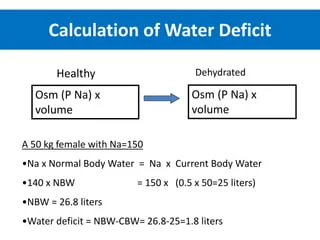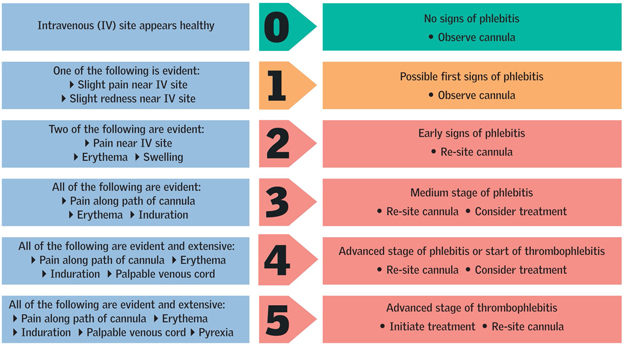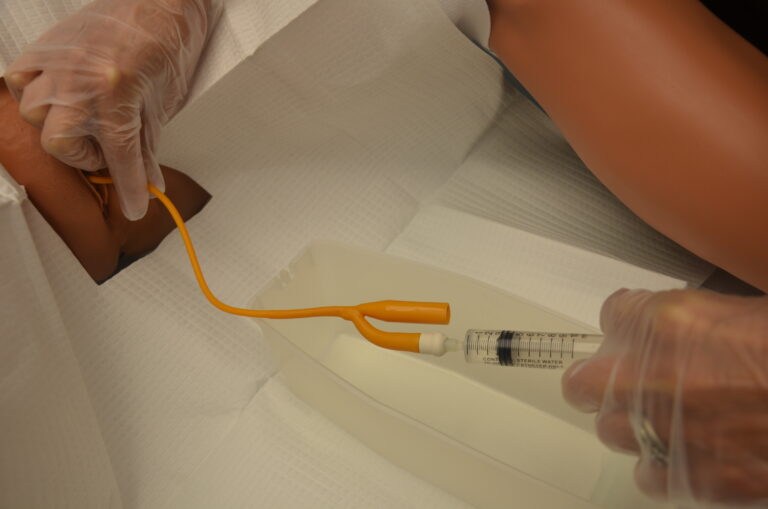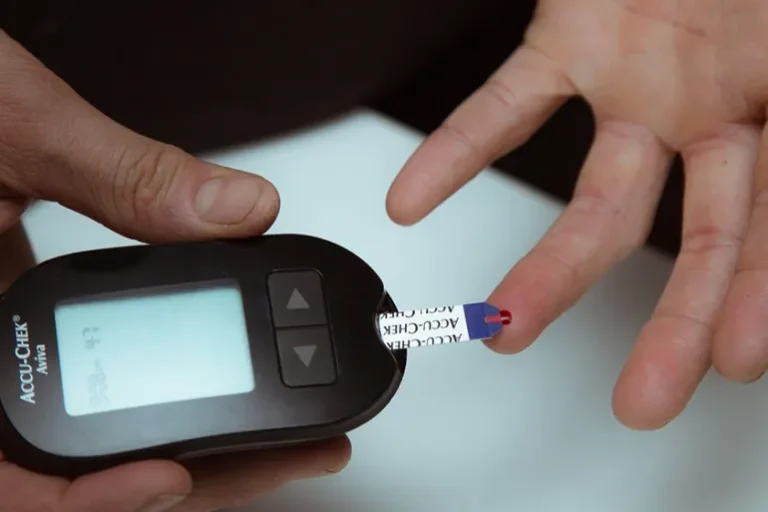Understanding Fluid Balance Calculation for OSCE
AFluid Balance Calculation for OSCE

F. Balance is a newly added skill in NMC OSCE from July 19 2019. Fluid Volume chart is used to find the cumulative volume of fluid in and out of the concerned patient.You will be getting fluid charts of four different patients, to calculate the fluid balance. You will have 12 minutes to demonstrate the skill. The result can be a positive balance or a negative balance. You need to escalate the care accordingly. This article includes a fluid volume calculation skill scenario with tips to pass the skill easily.
Table of Contents
Fluid Balance Calculation Skill
Scenario
Mr. Suresh Nair (DOB – 12/12/1967, Hospital Number – M0134578, is admitted in MAU with Acute Kidney Injury. You are the nurse assigned for Mr. Nair for the evening shift.
Mr. Nair drank one glass of juice with his lunch @ 1pm. He then drank one cup of tea at 3 pm and half a glass of water with his dinner at 6PM. Please document his intake on the fluid balance chart. (Please note that a cup holds 150 mls and a glass holds 170 mls)
Mr. Nair’s IV fluids have been reduced to 80 mls/hour. He had 100 ml of IV Paracetamol at 2 PM. Please document this on the fluid balance chart.
You empty 100 mls of urine from his catheter drainage bag at 2 PM and 90 ml at 5 PM. 130 ml is emptied from his abdominal drain at 3 PM and 150 ml at 6PM. Mr. Nair vomited 200 ml at 4 PM.
Calculate the running total @ 6PM for input and output including the current balance in the catheter bag. Document on the fluid balance chart.
What is Mr. Nair’s cumulative balance at 6PM? (Document on the fluid balance chart)

How to perform skill of calculating Fluid Balance?
Introduction Phase
Check for scene safety
Provide privacy to the patient
Do hand rub using seven steps of hand hygiene
Introduce Yourself with your name and as the nurse for today.
Identify the patient using 3 checks on ID tag (Full Name, Hospital ID, Date of Birth), Ask what they like to be called of?
Ask for pain/allergies (depending on condition given)
Explain your purpose of visit ( I am here to calculate whether you have taken adequate fluids through out the day and to find out whether you are retaining any fluid or if you need to increase your fluid intake)
Procedural Phase
Read aloud the different values given in the scenario to the patient and confirm with the patient whether everything is true or not.
Check for Cannula site as well as ongoing fluid
After that, tell the patient that you need to look on his catheter bag and drain to see any residual urine or drainage
Do a hand rub and after wearing an apron and gloves check the urine amount in bag (Also check for any kinks in the catheter tubings/ drains)
Check Urine bag for any cloudiness or infection signs in urine.
Remove the apron and gloves (in clinical waste), do a hand rub/hand wash using seven steps of hand hygiene
Calculation Phase
Tell the patient that you are going to calculate the fluid balance and will let him know after that
Fill in the input and output chart as given in scenario and also add the residual urine/drainage in the bag
Calculate the cumulative balance, decide whether its positive or negative balance.
Don’t forget to print your name and sign at the end of fluid balance chart.
Ensure strike through errors retain legibility
Depending on condition of patient, tell patient that you will report to the doctor about the fluid balance
Post Procedural Phase
Tell thank you for cooperation of patient, give call bell to the patient and instruct to press the bell if he needs you to help him
Do a handrub and leave the scene after submitting the fluid balance chart to the examiner
Answer for Scenario
Common Pitfalls
-Unclear hand writing
– Strike through errors – should be signed
– Forgetting to sign and print name on the chart
–Also Forgetting to identify the patient
– Handling of catheter/drains with personal protective equipment (PPE)
NB:- This information should by no means be used as a reference for the OSCE skill of the fluid balance chart. This is purely for acknowledging OSCE Candidates about the correct usage of fluid balance chart.
Conclusion
Fluid Balance skill is an easy skill to perform if you are confident with calculations in fluid balance charts. Make sure that you read the scenario properly before the procedure (You will be given five minutes for reading scenario). Dont forget to write the negative or positive fluid balance value.







